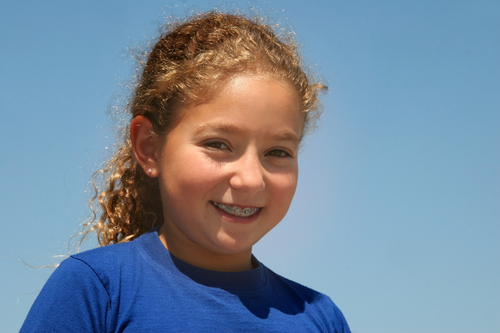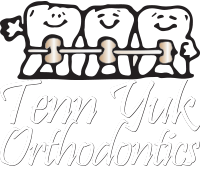A Child’s First Orthodontist Visit
The health and appearance of young children can be immensely attributed orthodontics. The American Association of Orthodontics suggests children should regularly be examined by orthodontist until the age of seven. If this recommendation is to be met, it would mean orthodontist examination even when the baby teeth is still intact. One of the main issues affecting young children is bite issues and the problems may compound as they get older. It is recommended that a pediatric dentist, who would be highly trained in such cases, identify the issue and provide treatment to the child at the appropriate time.
A smile has to last for a lifetime. In order to do so, the teeth need to be straight and the jaws should be aligned properly. Incredibly, all these attributes start with the baby teeth. The alignment of the baby teeth and the way they fall out are very crucial indicators towards the oral structure of that child. The room allowed – or not allowed – for permanent teeth to emerge could also play a major role in the dental structure. Hence, it is recommended to examine the child’s dental structure by an orthodontist at a very early age. If they still have their baby teeth, it would help orthodontist rectify any issues quite easily.
Even though some teeth may give the appearance of being straight, they might hold numerous problems underneath once the adult teeth start to appear. Problems such as deep bites, cross bites, crowding, open bites, and thumb sucking habits could also be a factor in reducing the overall attractiveness of the smile. Orthodontist can accurately point out to these problems and provide corrective solutions. Since permanent teeth start emerging by the age of seven, it should give enough time for orthodontist to evaluate the various relationships and provide the best possible treatment.
Orthodontic Examination at Seven Years of Age
The switch from primary teeth to permanent teeth is vital in any human being. The location of the primary teeth is extremely important and the way they fall out should also be watched keenly. It is because the primary set of teeth form the basis for the permanent teeth and their positions. Bad alignment of the baby teeth is almost sure to result in badly from the permanent teeth. Even if the teeth does look straight, there may be some bite problems underneath.
 Some of the behaviors from a child could act as indicators for an orthodontic examination. It is recommended to discuss the behaviors with a pediatric dentist, who will then be able to determine the need for orthodontic partners to examine. The main behaviors that suggest problems are:
Some of the behaviors from a child could act as indicators for an orthodontic examination. It is recommended to discuss the behaviors with a pediatric dentist, who will then be able to determine the need for orthodontic partners to examine. The main behaviors that suggest problems are:
- Baby teeth are lost early or late
- Difficulty with biting or chewing
- Breathing through mouth
- Thumb sucking
- Misplaced, blocked-out, or crowded teeth
- Stiff jaw which could make sounds
- Speaking difficulties
- Biting the cheek or the mouth roof
- Abnormal meeting of the teeth or complete lack of a union
- Facial imbalance
- Clenches or grinds the teeth
- Jaws either too far back or too far forward
If affected by one of these issues, an orthodontic consultation may be required.


